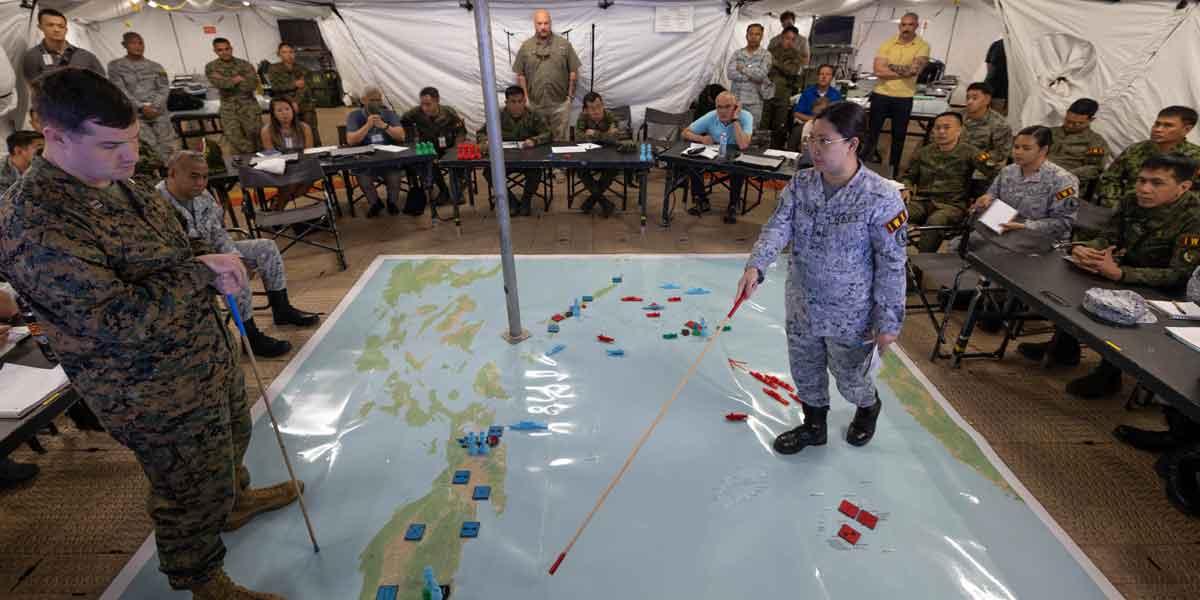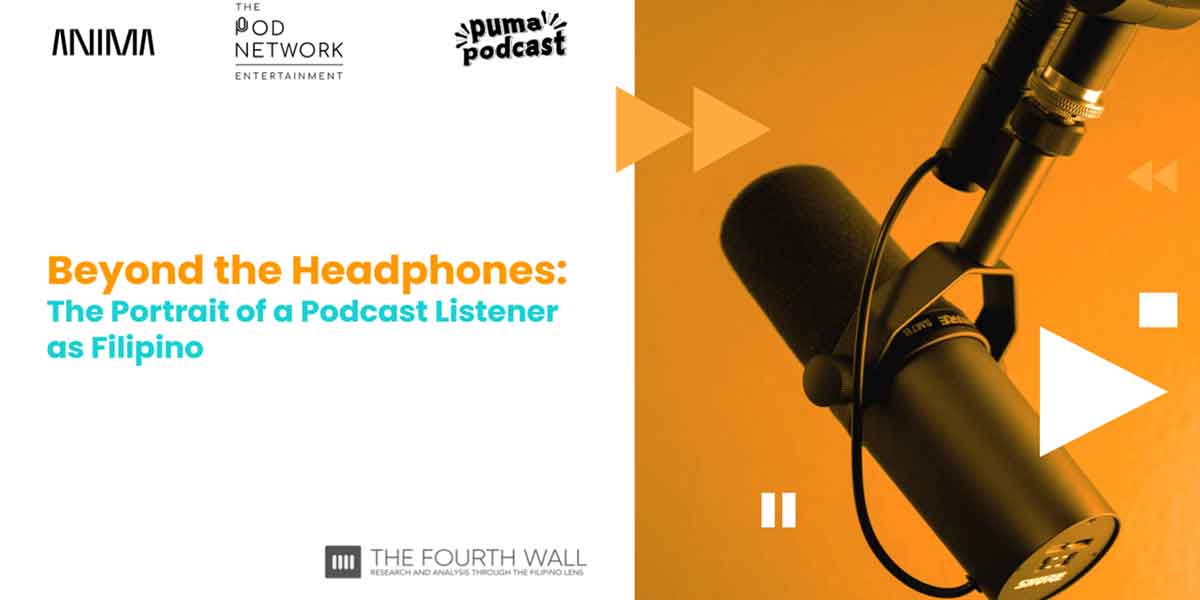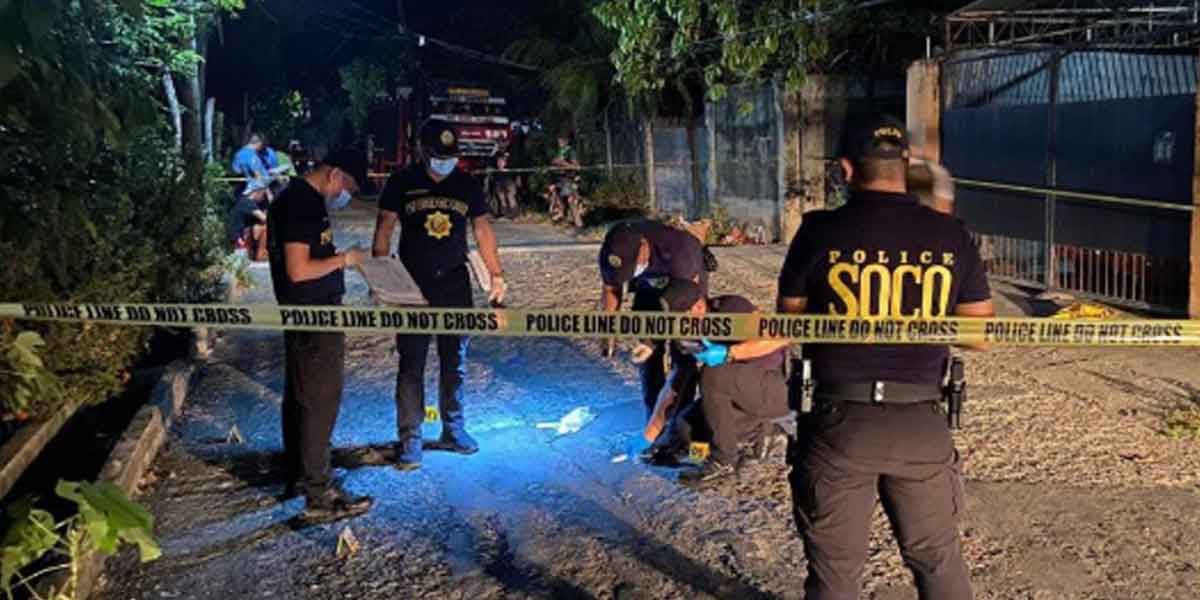 By Dr. Rex Casiple
By Dr. Rex Casiple
President Rodrigo Duterte pronounced a “no vaccine, no class policy” in schools. This means that a return to a normal campus life will depend on the availability of COVID-19 vaccines.
It is observed that students, faculty and staff are not included in the priority list of the vaccination program of the government. They could be in the last line of priority.
Furthermore, whether college students will choose to get the COVID-19 vaccine remains a question after a survey in one university in the US showed that thirty percent (30%) of the students don’t want to be vaccinated.
These students do not have enough information to decide whether to be vaccinated or not. The major reasons why they don’t want to be vaccinated were vaccine safety and side effects. Some were reported to have low level of knowledge related to vaccine development. And they are less willing to receive the COVID-19 vaccine.
In the COVID-19 vaccine rollouts around the world this year, the Asian countries fall behind the West in the race toward herd immunity. Most Asian countries administered doses less than 3% of their populations. The US has administered at least one dose to around 25% of its population. The United Kingdom administered at least 41% of its population.
In the ASEAN Briefing post, Brunei is expecting to have the COVID-19 vaccine to cover 50% of their population in the first quarter of the year 2021. Brunei has one new case of COVID-19 on March 21, 2021 bringing the total to 206 and three deaths. Cambodia is expected to import vaccines from China and Russia. Cambodia recorded 96 new COVID-19 cases and three deaths on March 26, 2021or a total of 1,968 cases and eight deaths.
Laos has been testing the Russian Sputnik V vaccine. Laos reported one new case on March 17, 2021 bringing the total to 49 cases in the country. Myanmar is seeking assistance to acquire a vaccine. The country reported 23 new cases on March 25, 2021 taking the total to 142,315 and 3,204 deaths.
Singapore has been working on producing its own ‘Lunar’ vaccine. The vaccine in Singapore is expected to be available from first quarter of year 2021. Singapore has 12 new cases on March 26, 2021 or a total of 60,265 cases and 30 deaths. Vietnam secured a supply of 3 to 10 million doses in 2021. Vietnam is working on producing its own vaccine to be distributed to the national population. As of March 26, 2021, Vietnam’s Ministry of Health confirmed a total of 2,579 cases of COVID-19. Vietnam has recorded 35 deaths due to the pandemic.
Indonesia started its vaccinations with over nine million doses to frontline workers. Indonesia recorded 4,982 new cases and 85 deaths on March 26, 2021 bringing the tallies to 1,487,541 cases and 40,166 deaths. Malaysia is to provide 12.8 million doses of vaccines free of charge to its people to commence in the first quarter of year 2021. On March 26, 2021 Malaysia reported 1,275 new cases and one death, bringing to a total of 339,443 cases and 1,249 deaths in the country.
Thailand is expecting to commence vaccination in the middle of the year 2021 to cover 13 million people or 19% of its population. Thailand has 134 new cases on March 26, 2021 taking the total of 28,577 cases and 92 deaths.
The Philippines aims to commence vaccinations from June 2021 and has a target to inoculate about 25 million people or about 25 percent of its population in the year. The country has been badly affected by the virus and has the second-highest rate in Southeast Asia. The Philippines reported 9,838 new cases and 54 deaths on March 26, 2021 bringing the totals to 702,856 cases and 13,149 deaths.
It is therefore worthy to know the best practices of these ASEAN countries in the implementation of their vaccination program and in their ways to minimize the number of their COVID-19 cases and deaths for replication here in the Philippines.






















